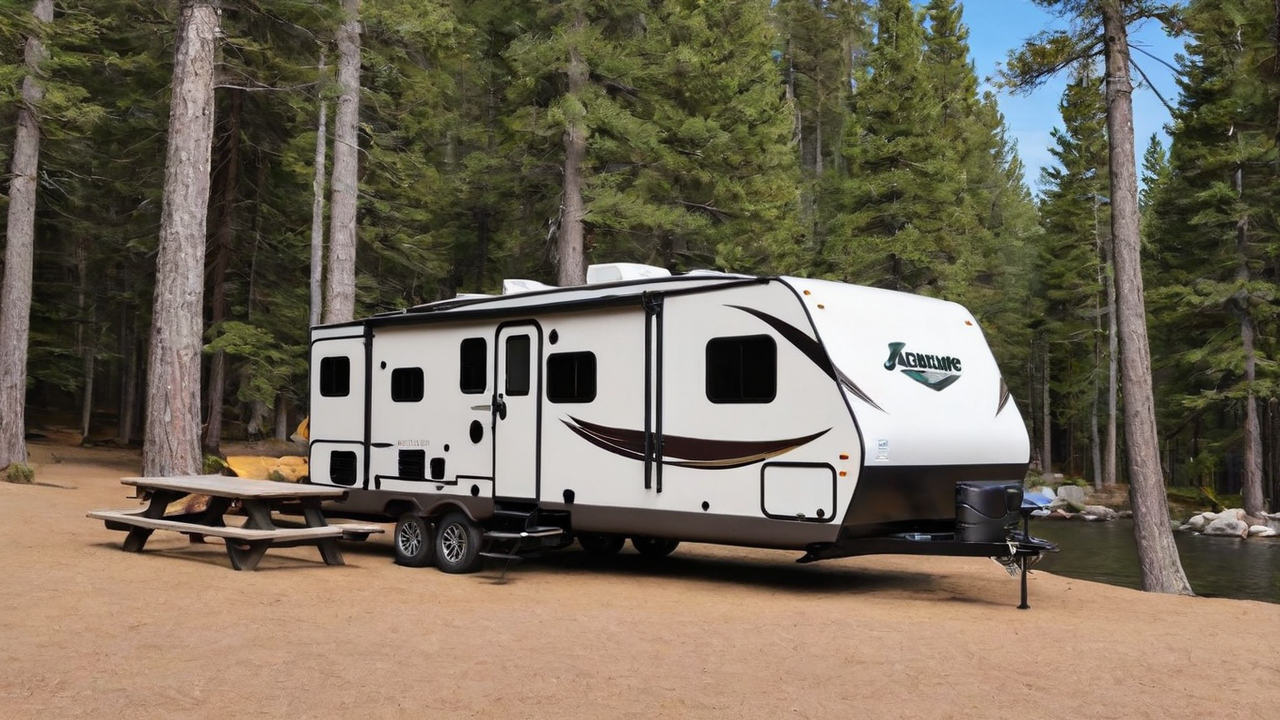Creating an Optimal User's Interface: Designing Principles for Camping Software
Creating an Optimal User's Interface: Designing Principles for Camping Software
Blog Article

Understanding The Users
Knowing whom the intended users is essential in creating an efficient user's interface. It is crucial to consider their needs, preferences, and tech savviness. This knowledge directs the design decision, guaranteeing that the software becomes accessible and intuitive.
Understanding your audience likewise means recognizing their difficulties and the way they plan to utilize the camping software. This allows designers to customize features and capabilities that meet specific needs, thus making the software not only helpful but also indispensable.
Streamlining the Navigation
Streamlining the navigation system is a key element of interface design. An intuitive menu system ensures visitors can easily find what they're searching for, reducing frustration and enhancing user satisfaction. It's about making the journey inside the app as seamless as possible.
Moreover, a well-designed navigation guides users throughout the software, emphasizing features and capabilities that they otherwise miss. This an strategy not only boosts usability but also promotes deeper engagement with the campground software's full range of capabilities.
Integrating High Quality Visuals
Graphics play an vital role in making a appealing UI. They aid in breaking up text and can convey functions more efficiently than words alone. Selecting the appropriate images, icons, and color schemes can improve the overall appearance of the software, thereby making it more appealing to your users.
Furthermore, a consistent visual style is essential for building a strong brand identity and trust among your users. Every element must be in alignment with your brand's ethos and the overall message of the application, resulting in a seamless user experience that feels both polished and inviting.
Enhancing Responsiveness
In the current tech world, users demand camping programs to be responsive on all platforms, from desktop computers to smartphones. A responsive interface makes sure that regardless of the screen size, the software provides an optimal experience. It not only increases accessibility but likewise caters directly to your audience's mobile lifestyle.
Furthermore, improving your software’s responsiveness can lead in enhanced speed, reducing load times and preventing user frustration. Visitors value a fast and efficient experience when using camping applications, making performance a crucial element in satisfaction levels.
Enhancing the Search
Finding data swiftly is fundamental in any kind of software, especially in campground management. Enhancing your search feature permits users to easily locate exactly what they're searching for, which in turn boosts their experience and efficiency. By incorporating intelligent search features, you can decrease the frustration and increase overall satisfaction.
Moreover, sophisticated search options such as filtering options and tagging can aid in narrowing down search results, making the search process more efficient. Implementing these features shows an understanding of the users' needs and an effort to enhancing the user’s interaction with your campground system as seamless and productive as possible.
Prioritizing Security
Security is a top priority when it comes to developing campground programs. Your users want to be secure when providing their private data. Guaranteeing tight security protocols not only secures their information but likewise builds trust between the user and the brand.
Beyond standard security features like passwords and encryption, consider adding advanced security measures such as two-factor authentication or biometric verification. These features provide an extra layer of security, ensuring that user data is held secure from unwanted access.
Utilizing User Feedback
Feedback is vital for ongoing improvement of any campground program. It enables the developers to see what is working, what doesn’t work, and how their application can be bettered to better meet user needs. This feedback creates a sense of community between the users and your development team, which makes them feel like they are actively a part of the product's journey.
Incorporating feedback effectively can result in noticeable enhancements in UI designs and overall user experience. Implementing changes based on actual input proves that your brand cares about its users and is committed to providing a high-quality product.
Keeping the Simplicity
In the realm of UI design, simplicity is golden. A overly complex UI can confuse users, leading in a negative UX. Keeping things simple, on the other hand, makes the software easier to understand and navigate. It promotes more user engagement and satisfaction.
Furthermore, keeping the simplicity should also extend to the content and functionality. Avoiding unneeded features that don’t contribute real value additional info can help ensure that your interface remains clean and focuses on the essential needs of your end-users. By, you create a more effective UX that resonates with your target audience.
Report this page